Understanding Oil Tanned Leather
Let’s chat about something called oil-tanned leather.
People often use this term for leather that has been treated in a special way with oil.
The oil isn’t used to tan the leather but is involved later on to give it a protective sheen that only gets better as it gets older, just like JK Boots’ famous Superduty boot.
So, what do we actually mean with "oil-tanned leather," why do boot makers, like JK Boots, use it, and is it a good choice for boots?
The Truth About Oil Tanned Leather

Even though many bootmakers and companies that sell leather goods use the term "oil-tanned leather," it’s not really tanned (or preserved) with oil. It's finished with it.
Tanning is a process that stops the leather from decomposing or breaking down. This was traditionally done using oak bark because it’s rich in tannic acids that help preserve the leather. A different method called chrome tanning, which was invented in the 1800s, uses other chemicals to do the same thing.
What we often refer to as "oil-tanned leather" is leather that has been soaked in oil after it’s been tanned and dyed. This hot oil bath creates a protective coating and makes the leather a bit waterproof and also softer to touch. This kind of leather also has something called a "pull up" effect, which some people really like and others don’t.
Why Choose Oil Tanned Leather?

So why do we keep talking about "oil-tanned leather," even though we know it's not really a thing? Well, because it’s a term many people are familiar with and use often.
Oil-tanned leather feels soft and slightly worn-in from the start, meaning it gets comfortable pretty fast. After wearing them for a few years, boots made from this leather might feel as cozy as your favorite sneakers.

Also, taking care of oiled leathers is quite easy. Just clean them with a special soap and oil them every couple of weeks. Even though they need to be oiled a bit more often, it doesn’t take long to do it.
You can either polish them for a high shine or just oil them every so often and they’ll stay looking good for a very long time, even decades.
It’s strong enough for work and is used by popular work boot brands, including JK.
Are There Any Cons?

There are a few downsides to using oil-tanned leather, but they’re mostly about how it looks.
Oil-tanned leather is a type of pull-up leather, which might not be everyone’s favorite look. Some people prefer the appearance of vegetable-tanned leather boots.

This kind of leather doesn’t polish as easily as others. You can polish it, but it’s a bit harder to get that super shiny look that’s easier to achieve with other types of leathers, like the ones used for fancy shoes and boots.
Those are the main "downsides" to oil-tanned leather. You get to decide if those matter to you or not, especially if you’re thinking about getting a solid boot like the Superduty from JK Boots, or trying other models like the budget-friendly 300 or the lighter O.T. work boot.
Personally, I think oil-tanned leathers look great. But you won't get the same appearance over time as a veg-tanned leather.



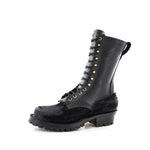
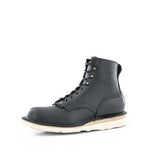
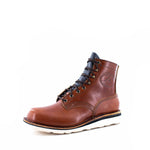

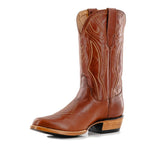
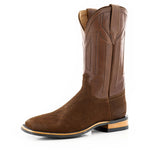
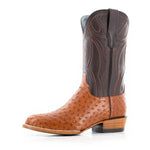


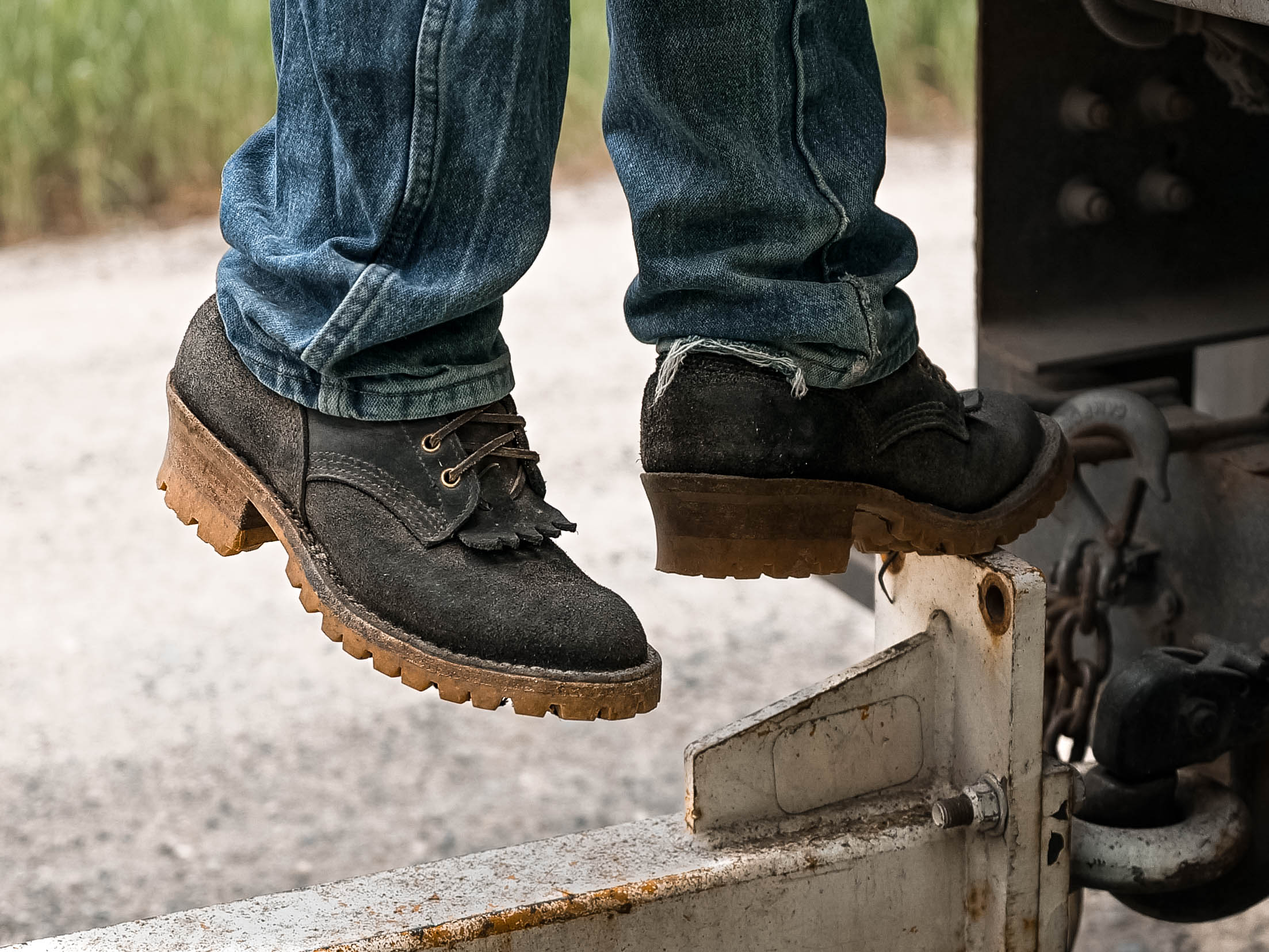
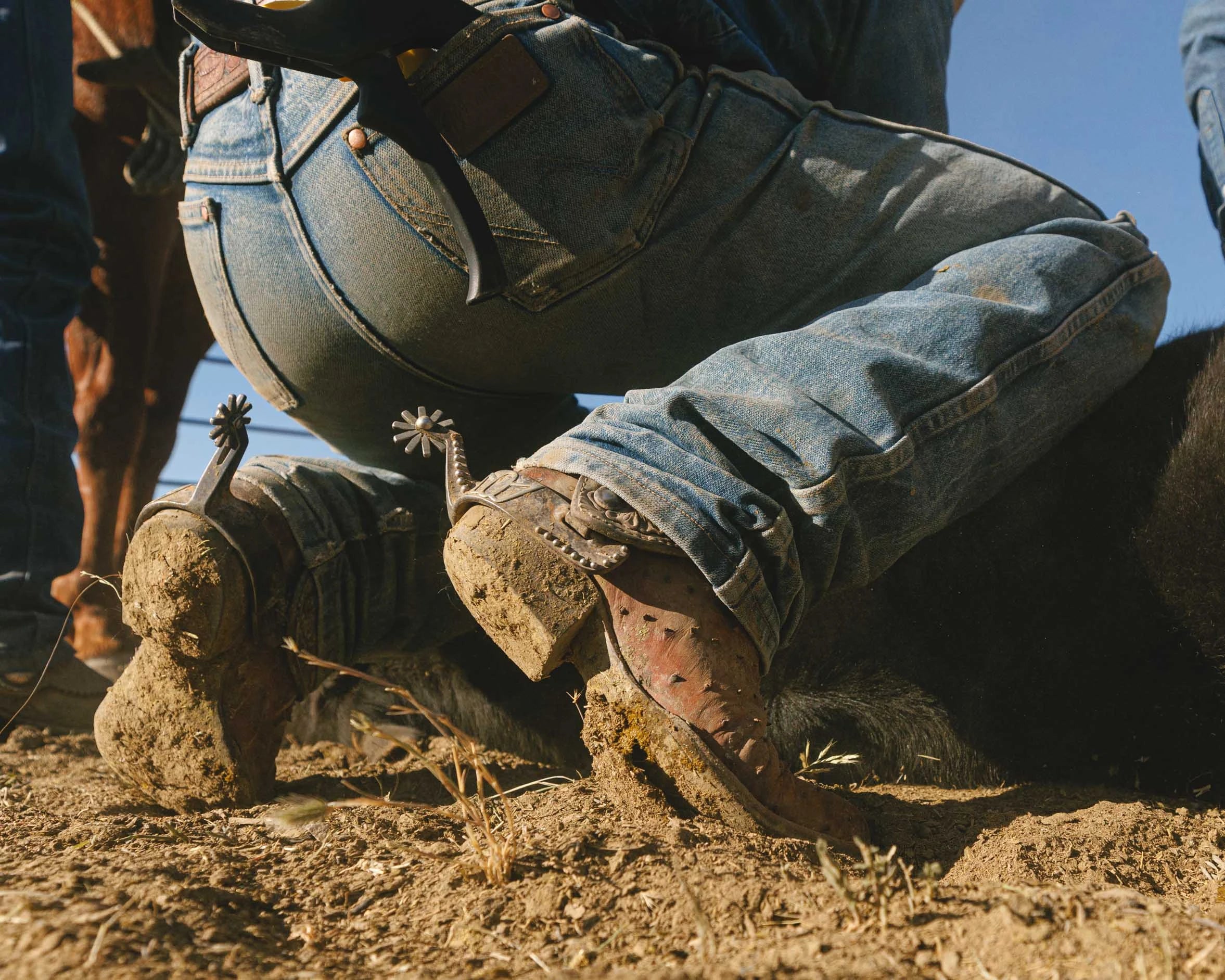

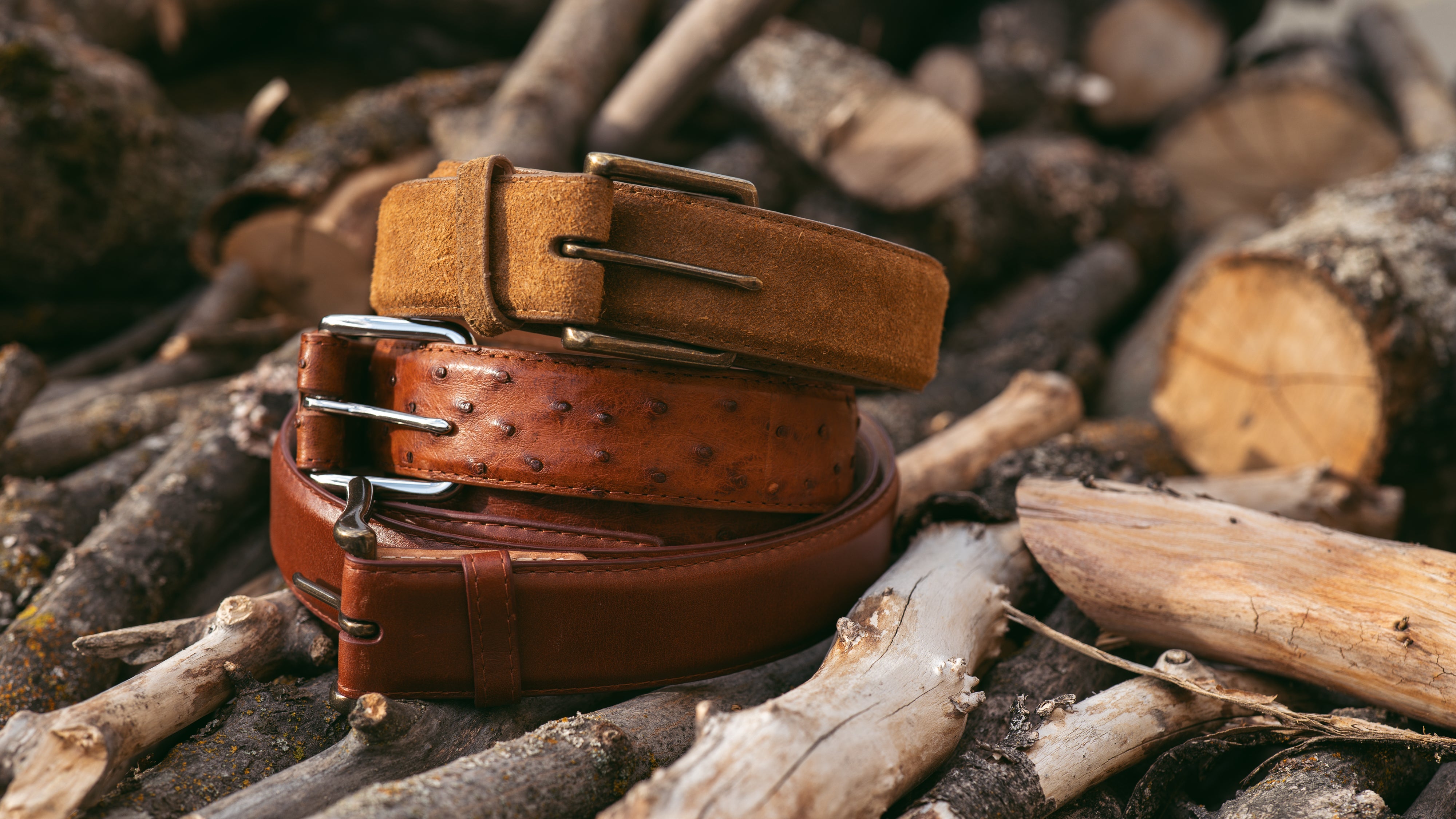
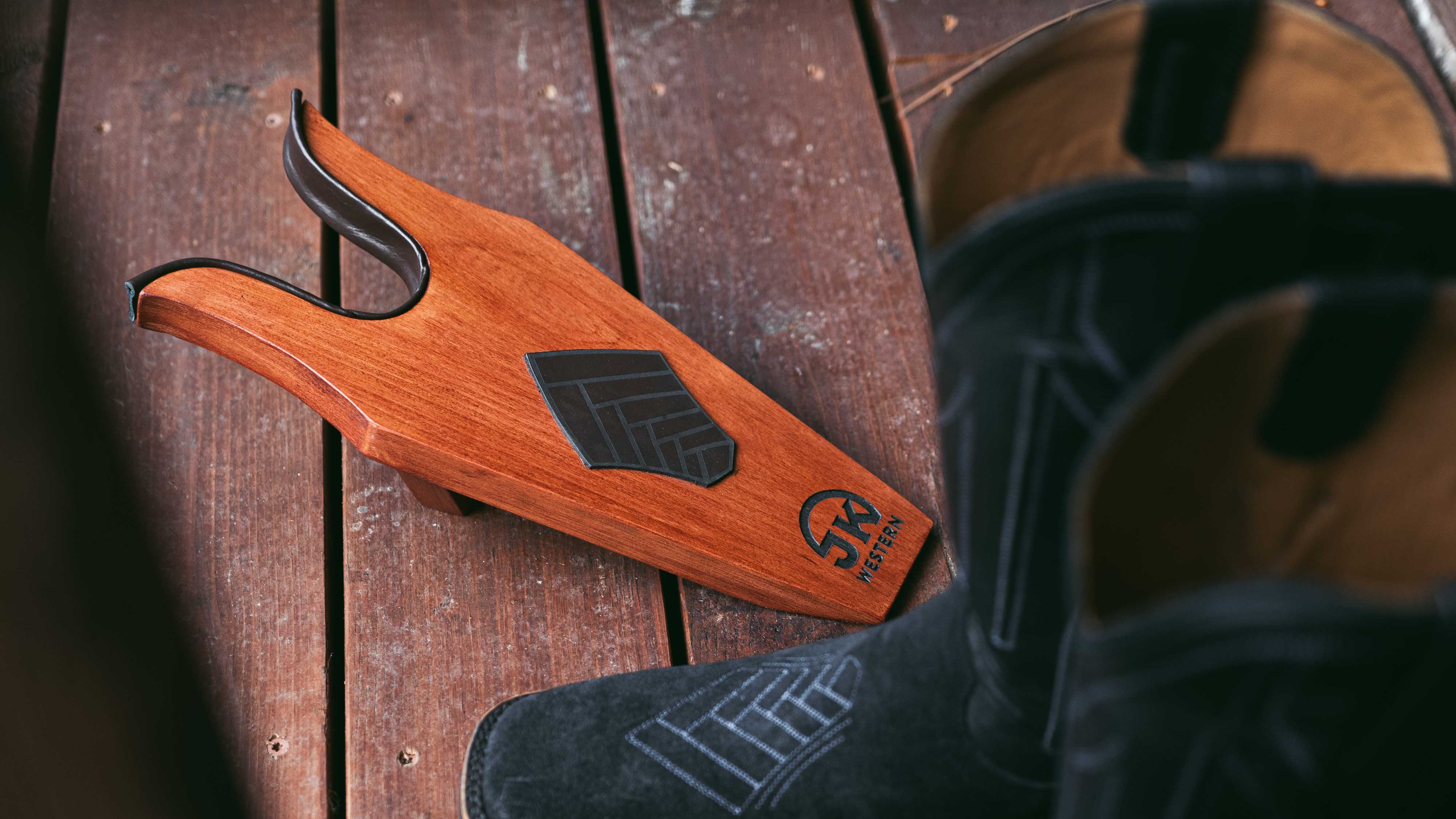
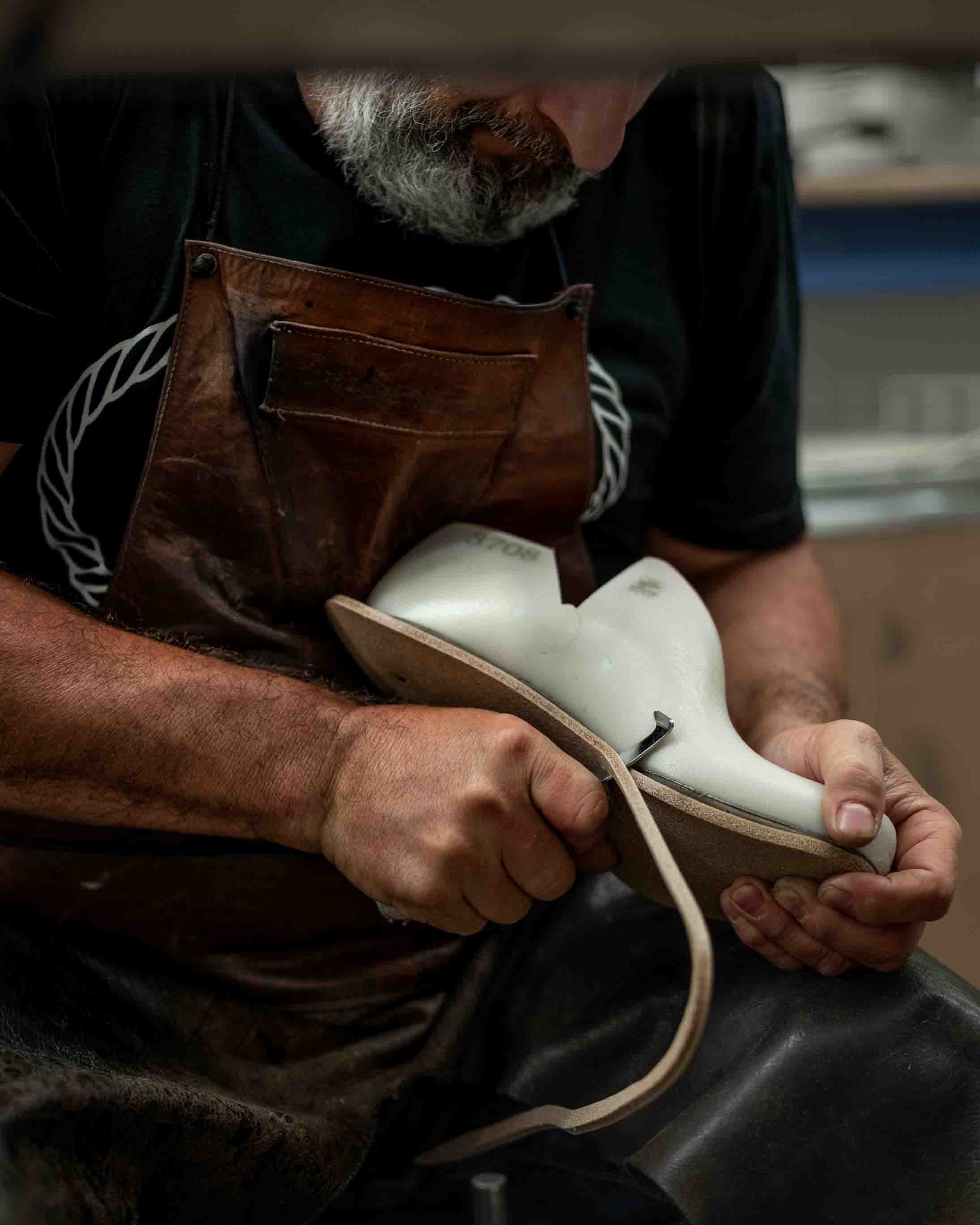


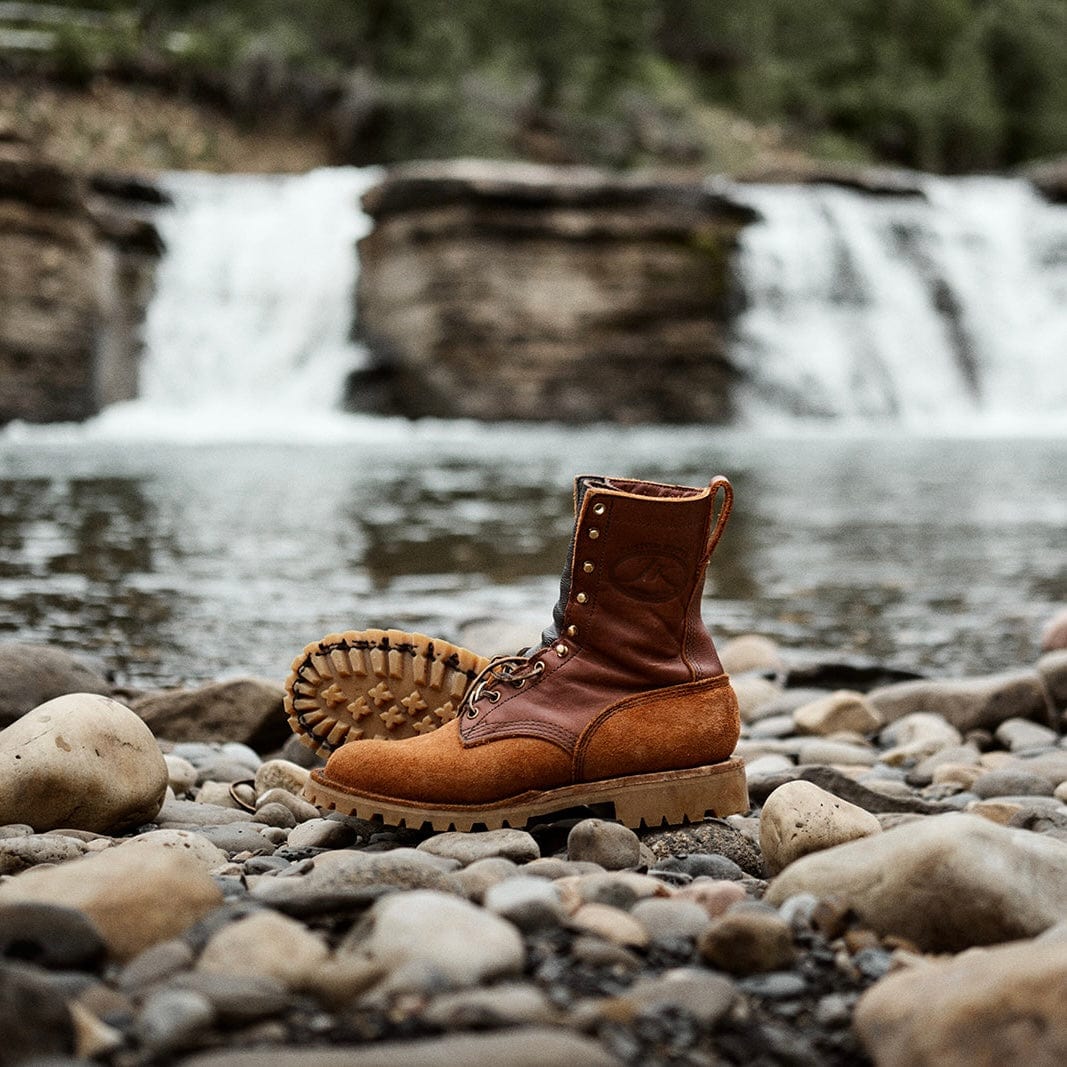
I bought a pair of rough out fire in liner. Is it better to oil them ? When and with what? And how ?
Will it work to apply shoe polish or wax to oil tanned leather? Is there a downside to that?
what would happen if one was to try and dye a jk boot black
Can vegetable tanned leather also be oil tanned? Some people are suggesting this should only be done with chrome tanned leather. If so, why?
Leave a comment